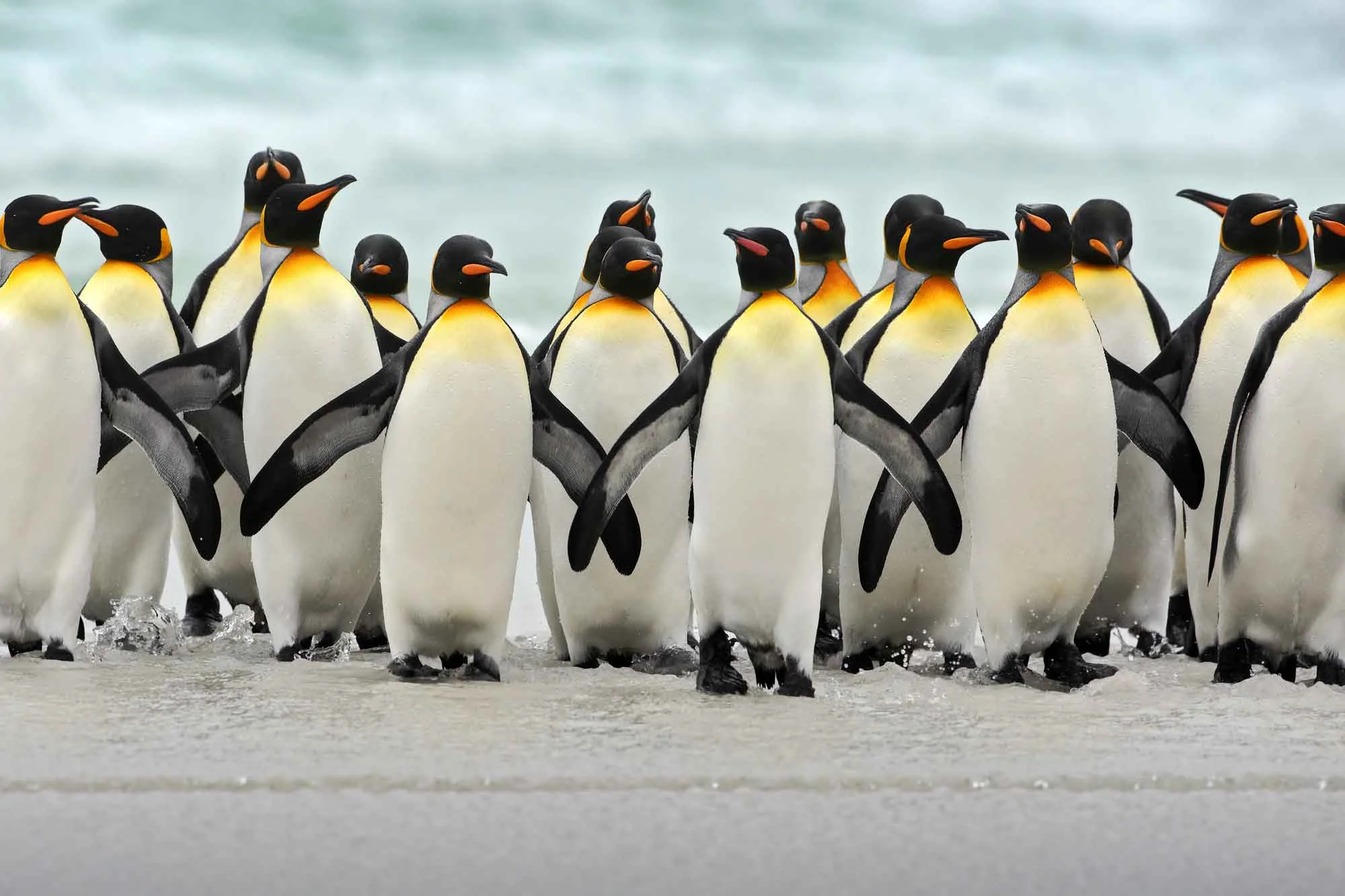First of four parts, dedicated to identifying the best style for a travel group.
These ocean going ships carry from 600 to over 6000 passengers. They are frequently called floating resorts – for good reason. Most of the amenities expected at a resort hotel are available - and they move, giving you opportunity to visit more than one destination, but only unpacking once.
Full gyms, spa services, multiple dining venues, nightclubs, entertainment options, pools, water sports, golf, even ice-skating! You name it and there is probably a cruise ship (or many cruise ships) that have it.
Ocean/mainstream cruising is a great option for larger groups, especially if you want to have some private activities on board. Private parties, activities, seminars, workshops can be organized on board. I’ve arranged ballroom dance classes, craft seminars, and receptions for various groups to give a few examples. Fully equipped meeting space is available for more formal conferences and workshops.
They’re also a great option for multi-generational groups with broad age ranges. Many have clubs and activities for toddlers through teens, as well as dedicated staff to entertain them both on and off the ship. And, not for just a couple of hours a day. These clubs run all day and into the night with flexibility for picking up and dropping off children. They also have babysitting services available for the younger set. Parents and grandparents can enjoy adult time while the kids are supervised and entertained.
Within this cruising style, there are multiple destination and cultural choices. There are cruise ships that specialize in Antarctica sailings to South Sea Island cruising to navigating the fjords and glaciers of Alaska. You can visit the Mediterranean, the Baltic Sea, the coast of Asia, and around Australia. Cruising has become so popular over the past few decades, that there are few destinations along the ocean shores that one of these ships doesn’t visit. You can literally sail around the world.
Mainstream cruising is an option I would definitely recommend for consideration if your group is large, multi-generational, or your group has a special request that these “floating resorts” can meet.
Let me know if you have any questions. I’m here to help.












